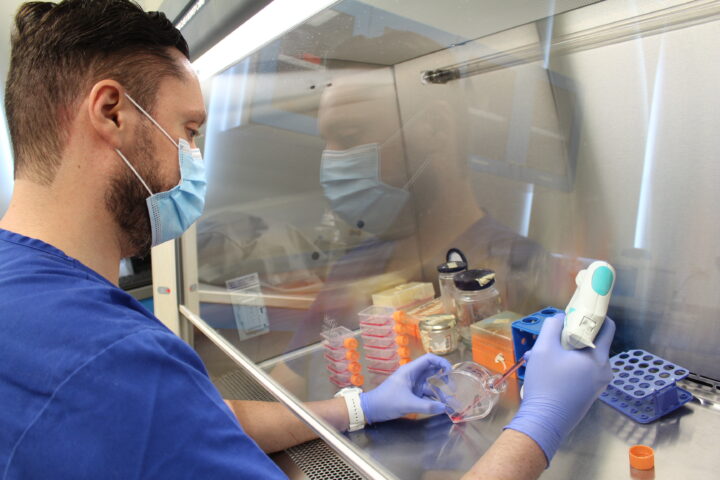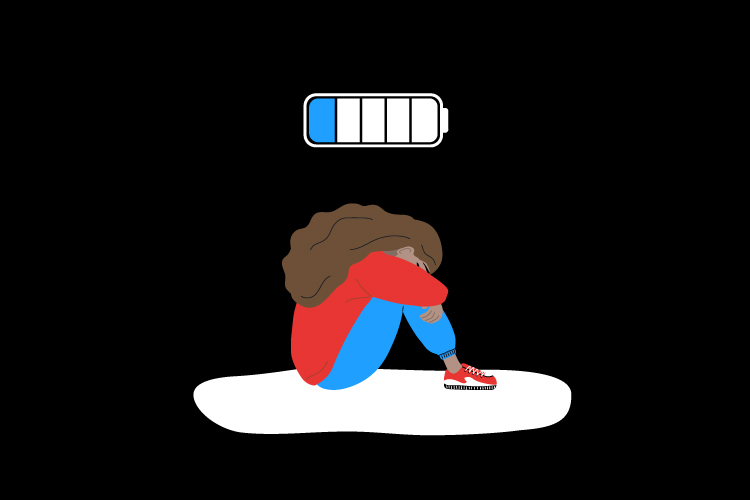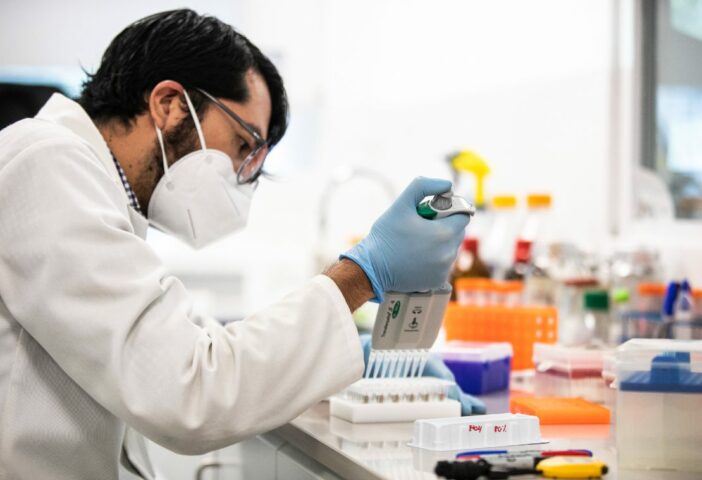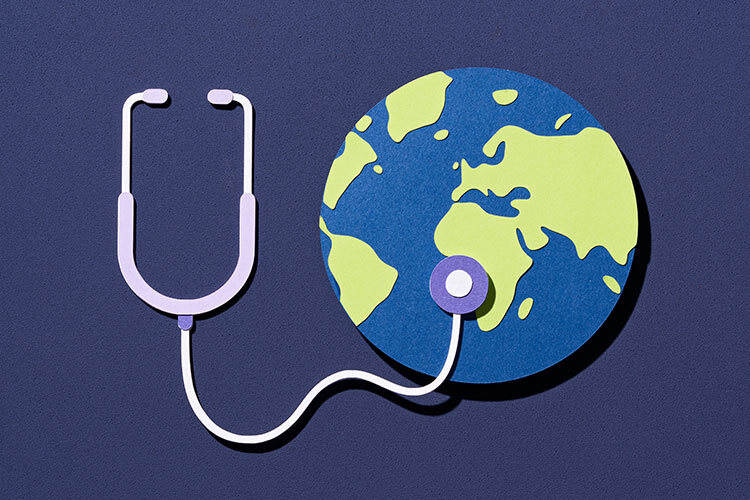Unequal access to clean and treated drinking water facilities is one factor widening the economic and health divide between households in slums and affluent areas around the world today.
Most economically developed population centers enjoy high levels of service at low cost, while the less advantaged pay a higher price for a service of similar or even lower quality, according to the United Nations (UN) World Water Development Report: Leaving No One Behind.
The UN document explains that in Mexico, for example, only 19% of poor third-grade primary school students attend schools with adequate water and sanitation facilities, compared to 84% of the country’s richest students at the same educational level.
This means that poverty is one element used to discriminate against service users.
Unequal access to water
In areas without water pipe networks, inhabitants depend mainly on aquifer wells or community supply systems such as water tankers. These usually supply very low-quality water at prices well above its value, which amplifies inequality among the population.
According to the National Institute of Public Health (INSP), about 842,000 low- and middle-income people die each year as a result of an unsafe water supply and poor sanitation and hygiene.
The institute warns that a lack of access to sufficient quantities of clean water directly affects inhabitants’ health and quality of life.
Although many diseases are linked to the use and consumption of polluted water, or to the lack of drinking water for hygiene and cleaning activities within homes, there are no precise statistics to quantify the correlation.
According to INSP data, 6.58 million incident cases and 99 million prevalent cases of diarrheal diseases were reported in 2019. Enteric (bacterial and parasitic) infections are the fifth most common cause of disability in children under five years of age.
Low-quality water
The lack of wastewater treatment plants with tertiary treatment systems (special physical and chemical processes which clean the water of specific pollutants: phosphorus, nitrogen, minerals, heavy metals, viruses, and organic compounds) and the absence of epidemiological surveillance programs (based on analysis of the biological and chemical qualities of water) are the biggest challenges that need to be faced, warns the Mexican Institute of Water Technology (IMTA).
In fact, between 2016 and 2019, IMTA detected that the available water had concentrations of arsenic and fluorides above those recommended by the World Health Organization (WHO), which in turn exceeded the maximum permissible levels established by Official Mexican Standard NOM-127-SSA1-1994 for environmental health.
Jürgen Mahlknecht, a research professor and national leader of the Water Science and Technology Research Group at Tecnológico de Monterrey, explains that the high concentrations of arsenic and fluorides in water generally come from the geological formations in which these elements are found, such as in the mountainous region in the center and north of the country.
“The increase in water extraction through increasingly deep wells exacerbates the situation,” explains the researcher via email in response to a query by TecScience.















